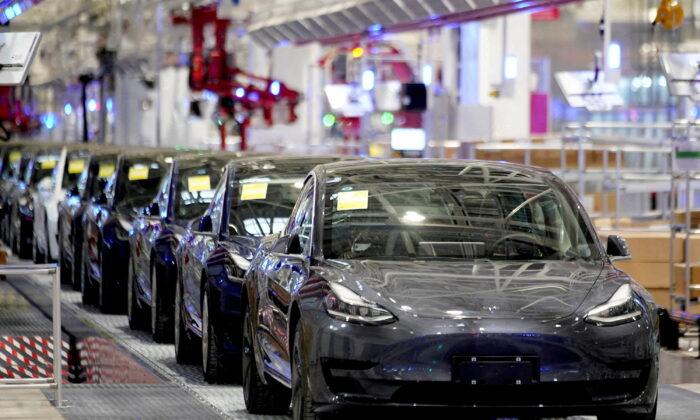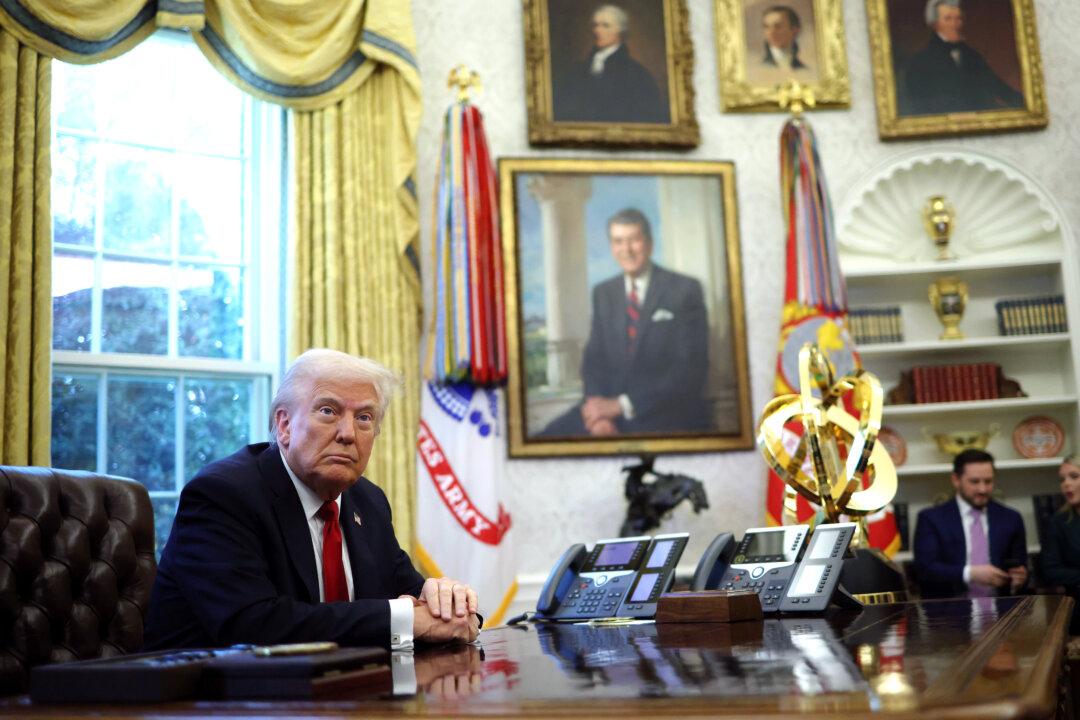Tesla drastically cut the prices of its vehicles in China by more than 10 percent on Friday, marking the second time the electric vehicle (EV) maker has done so in less than three months.
While announcing prices for its Model S sedans and Model X sports utility vehicles, Tesla revealed that its Model 3 and Model Y EVs in China would be available for a reduced price.
Meanwhile, the Model Y has been slashed by 29,000 yuan ($4,220) to 259,900 yuan ($37,775). Tesla said its Model S Plaid will cost 789,900 yuan ($114,809), and the Model X Plaid will cost 879,900 yuan ($127,890).
The latest price cuts in China along with the reductions in October amount to a 13 percent to 24 percent reduction in Tesla’s prices from September, according to Reuters calculation.

Tesla Vehicle Shipments Drop in December
Elsewhere, data from the China Passenger Car Association (CPCA) published on Friday showed that Tesla vehicle shipments dropped to 55,796 in December, marking a 44 percent decline from the 100,291 deliveries in China in November and 21 percent less than a year prior. That is despite reduced prices.Tesla’s main Chinese EV rivals, BYD and SAIC-GM-Wuling Automobile Co., the joint venture of General Motors in China, topped the delivery charts, according to the data, with BYD delivering 234,598 electric cars in December.
However, Tesla delivered 50 percent more cars from its Shanghai gigafactory last year than it did in 2021.
“The fact they seem to be cutting prices to increase deliveries volumes doesn’t raise confidence, particularly at a time where we see increasing competition,” Craig Irwin, a senior analyst at ROTH Capital Partners, said at the time.
“Tesla’s price adjustments are backed by innumerous engineering innovations,” Grace Tao, Tesla’s vice president in charge of external communications in China, posted on her Weibo social media account following the latest price cuts in China. “[They] answer the government’s call to promote economic development and encourage consumption.”
Despite that, Tesla’s share price fell 12 percent on Tuesday after the company revealed global deliveries were lower than expected in the third consecutive quarter. Tesla shares are trading down 2.90 percent.
Meanwhile, Americans looking to purchase an EV may well qualify for a tax credit of up to $7,500 this year as part of President Joe Biden’s effort to ensure that half of all new vehicles sold in 2030 are electric or plug-in electric hybrids.
However, multiple factors will go toward establishing who is actually eligible for the credit and who is not.





